How to know if you have anxiety?

Time in Nature can reduce stress and anxiety
Anxiety and depression are two of the most common mental health disorders, affecting millions of people worldwide. Recognizing the symptoms of these conditions is crucial for seeking timely treatment and support. This article provides an overview of the signs and symptoms associated with anxiety and depression.
Anxiety Symptoms
- Excessive worry or fear
- Restlessness or feeling on edge
- Difficulty concentrating
- Irritability
- Sleep disturbances
- Physical symptoms (e.g., rapid heartbeat, sweating, trembling)
Depression Symptoms
- Persistent feelings of sadness, emptiness, or hopelessness
- Loss of interest in activities once enjoyed
- Changes in appetite and sleep patterns
- Fatigue and decreased energy
- Difficulty concentrating and making decisions
- Thoughts of death or suicide
It’s important to note that symptoms can vary from person to person and may manifest differently based on factors such as age, gender, and cultural background. If you or someone you know is experiencing several of these symptoms for an extended period, it’s essential to seek professional help.
While self-assessment tools and symptom checklists can be helpful in identifying potential concerns, they should not be used as a substitute for a professional diagnosis. A mental health professional, such as a psychiatrist or psychologist, can provide a comprehensive evaluation and develop an appropriate treatment plan.
Treatment options for anxiety and depression may include therapy, medication, or a combination of both. Lifestyle changes, such as regular exercise, a balanced diet, and stress management techniques, can also play a role in managing symptoms and promoting overall well-being.
In conclusion, recognizing the signs and symptoms of anxiety and depression is a critical first step in seeking help and support. By understanding these common mental health disorders and the available treatment options, individuals can take proactive steps toward improved mental health and quality of life.
Types of Therapy


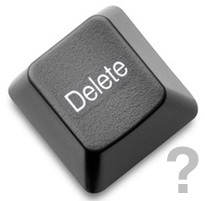

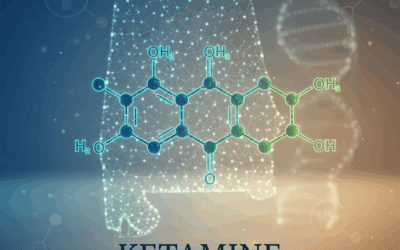
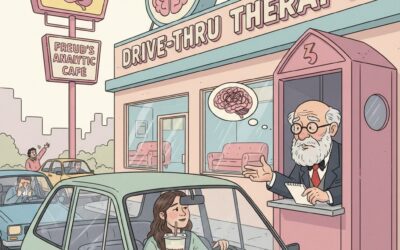
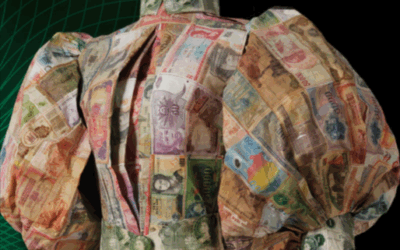

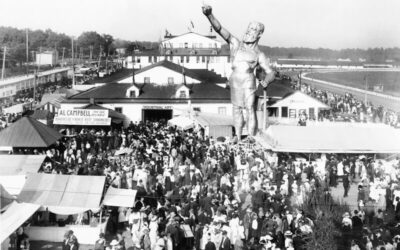


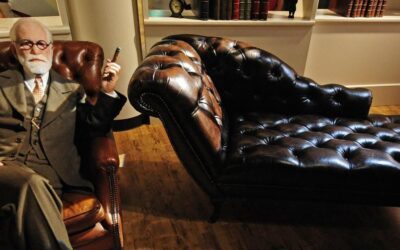




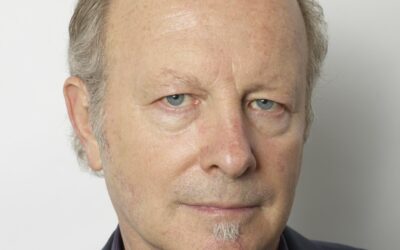

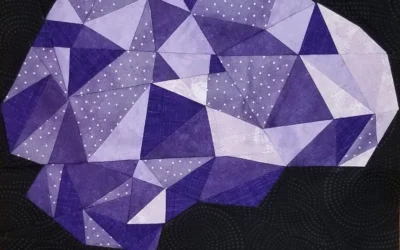





0 Comments